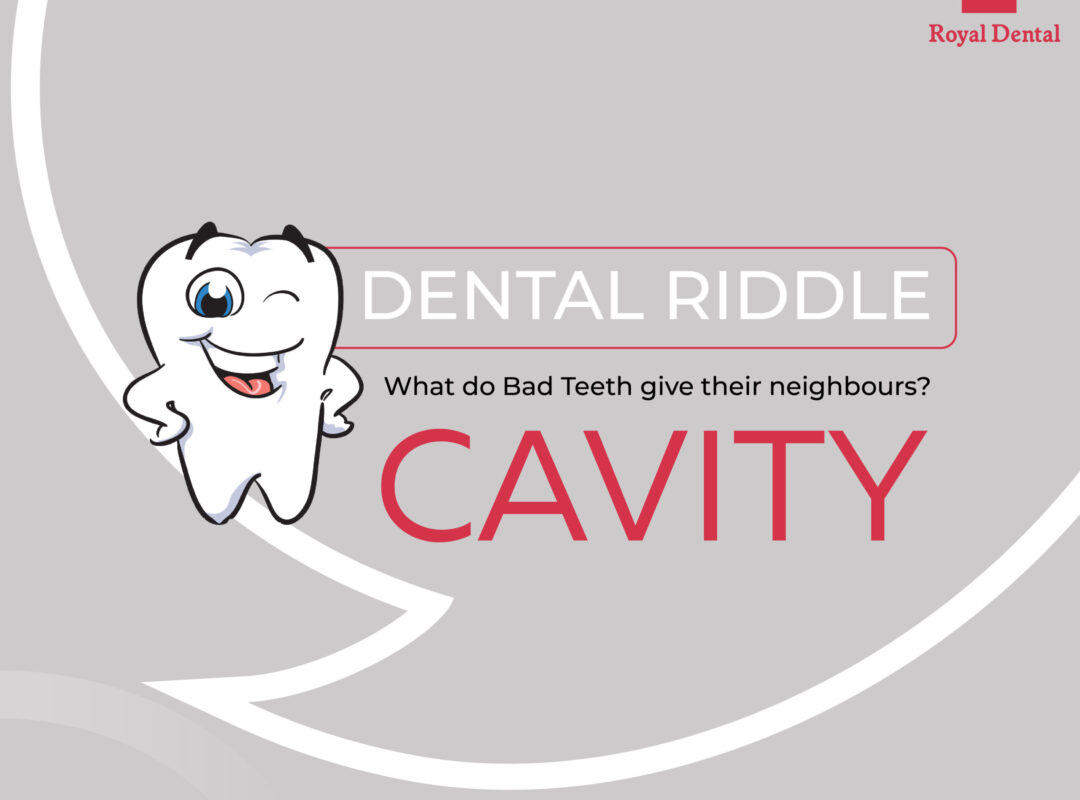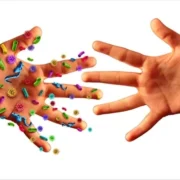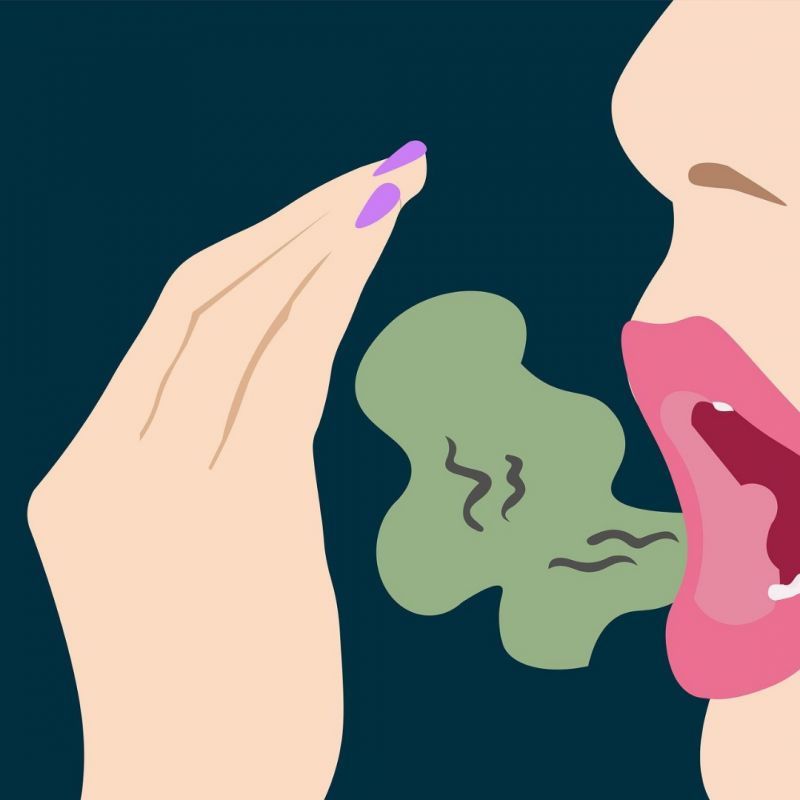Grinning is a global language in our world, so getting the perfect grin has become a science in and of itself. Imagine yourself as a dentist, wondering about the mysteries of deep cavity restoration. It is a symphony of liners, braces, and varnish. Let’s examine how Dr. Chirag Chamria, the master of Royal Dental Clinics, infuses magic into every smile as we delve into the intriguing realm of dental sorcery.
What is Deep Cavity restoration?
Deep cavities, sometimes referred to as dental caries or carious lesions, are caused by bacteria gradually destroying the tooth’s hard tissues, which include the cementum, enamel, and dentin. Cavities that go beyond the surface of the teeth are created by this microbial invasion, which is stimulated by carbohydrates and acids in the mouth. Deep cavities are distinguished by their ability to pierce the tooth’s inner layers and reach the pulp chamber, which is home to blood vessels and nerves.
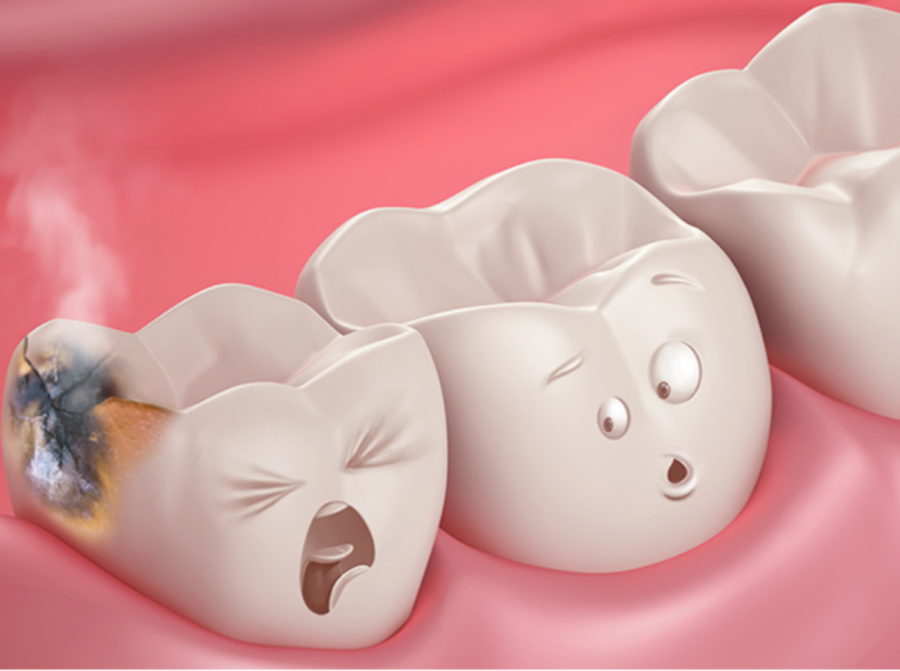
The tooth’s structural integrity is weakened as the decay progresses, increasing the risk of fractures and other issues. Deep cavities can have a variety of causes, such as inadequate dental hygiene, a high-sugar diet, infrequent dental exams, and inherited tendencies.
Consequences of Untreated Deep Cavity
Disregarding the indicators of severe cavities can have far-reaching effects that go beyond just pain in the teeth. Patients are informed by Dr. Chirag Chamria of the possible consequences of leaving deep cavities untreated.
- Pain and discomfort: Deep cavities often cause persistent toothaches, affecting daily activities such as eating and speaking.
- Infections and Abscesses: The progression of decay may result in bacterial infections within the tooth, leading to the formation of abscesses. These infections can be both painful and pose a risk to overall health if left untreated.
- Tooth Loss: Without intervention, the structural integrity of the affected tooth weakens, eventually leading to tooth loss.
- Spread of decay: Untreated cavities can serve as a breeding ground for bacteria, allowing decay to spread to neighboring teeth.
- Aesthetic Concerns: Deep cavities can mar the appearance of the smile, affecting confidence and self-esteem.
Overview of the Deep Cavity Restoration Process
The first step involves a thorough examination and diagnosis of the extent of the cavity. Advanced imaging techniques may be employed to assess the damage. Based on the assessment, a personalized treatment plan is devised. This plan takes into account the depth of the cavity, the affected tooth’s location, and the patient’s overall oral health.
Liners are often utilized to create a stable foundation for the restoration. These materials help protect the tooth’s pulp and promote the adherence of subsequent restoration components. In cases where misalignment or bite issues are present, braces may be recommended.
These orthodontic devices assist in correcting the positioning of teeth, contributing to a harmonious and functional smile. The final touch involves the application of varnish. This protective coating shields the restored tooth from future decay, enhances its aesthetic appeal, and ensures a polished finish.
Role of Liners in Deep Cavity Restoration
In the field of dentistry, liners are an essential part of the deep cavity restorative procedure. Consider them the unsung heroes who toil away in the background to make sure the repair is successful and lasts a long time. In order to clarify the importance of liners, Dr. Chirag Chamria does the following:
Foundation of Support
Liners act as a foundation, providing structural support to teeth compromised by deep cavities. They are typically applied to the deepest layers of the cavity, creating a stable base for subsequent restoration materials.

Thermal Insulation
Liners often possess thermal-insulating properties, protecting the tooth’s pulp (nerve and blood vessels) from temperature changes. This insulation is essential for preventing post-treatment sensitivity and discomfort.
Sealing and Adhesion
Liners aid in sealing the tooth, preventing microleakage and bacterial infiltration. Their adhesive properties enhance the bond between the tooth and subsequent restorative materials, ensuring a durable and long-lasting restoration.
Benefits of Liners in Deep Cavity Restoration
- Enhanced Restoration Longevity: Liners create a stable foundation that enhances the longevity of the overall restoration. By providing structural support, they contribute to the durability of the tooth’s restoration.
- Reduced Sensitivity: The thermal insulation properties of liners play a pivotal role in minimizing post-treatment sensitivity. Patients experience less discomfort, promoting a smoother recovery process.
- Prevention of Microleakage: Liners act as a barrier, preventing microleakage, or the seepage of fluids and bacteria between the restoration and the natural tooth. This helps in maintaining the integrity of the restoration over time.
- Optimal Adhesion: The adhesive properties of liners ensure optimal bonding between the tooth and subsequent restorative materials. This strong bond contributes to the overall stability and success of the restoration.
Braces in Dental Restoration
The word “braces,” which refers to orthodontic procedures used to realign teeth, has a specific meaning in the field of dental restoration. Braces provide substantial advantages for the structural and functional elements of teeth, in addition to aesthetic ones.
Dr. Chirag Chamria offers a perceptive synopsis of the function of braces in dental restoration:
Alignment and Straightening: The primary purpose of braces is to align and straighten teeth. This not only enhances the aesthetic appeal of the smile but also ensures proper occlusion (bite) and functionality.
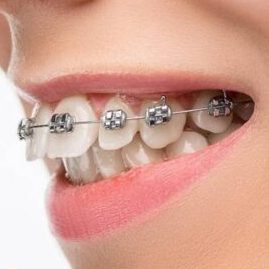
Correction of Bite Issues: Braces are instrumental in correcting various bite issues, such as overbites, underbites, and cross bites. These corrections are essential for preventing uneven wear on teeth and addressing functional challenges.
Space Closure: In cases where deep cavities have led to tooth loss, braces can aid in closing gaps and restoring proper spacing between teeth. This is crucial for maintaining the overall balance and symmetry of the smile.
Specific Applications of Braces in Deep Cavity Cases
- Stabilizing Adjacent Teeth: Deep cavities can weaken teeth, affecting their stability. Braces are used to align and stabilize adjacent teeth, providing additional support to the weakened tooth undergoing restoration.
- Preventing Further Misalignment: Untreated deep cavities can lead to the shifting of teeth. Braces prevent further misalignment caused by the structural changes resulting from the cavity, ensuring that the restored tooth integrates seamlessly into the dental arch.
- Creating a Harmonious Smile: In cases where deep cavities have caused irregularities in tooth alignment, braces contribute to creating a harmonious and balanced smile. This goes beyond functional considerations, encompassing the aesthetic aspects of dental restoration.
Varnish as a Protective Measure
Varnish appears as the final detail in the magnificent tapestry of dental restorations, acting as a protector and a source of brightness for the repaired smile. The surface of the teeth is coated with dental varnish, a transparent liquid that contains resin, fluoride, or other protective materials.
- Protective Coating: Varnish serves as a protective coating that shields the restored tooth from potential threats, such as bacteria, acids, and further decay.
- Enhanced Aesthetics: Beyond its protective role, varnish contributes to the aesthetic appeal of the restoration by providing a glossy finish, akin to the final strokes on a masterpiece.
- Fluoride Enrichment: Many varnishes contain fluoride, a mineral renowned for its ability to strengthen tooth enamel. This enrichment helps fortify the tooth against future decay and promotes overall oral health.

Advantages and Long-Term Benefits of Varnish Application
Prevention of Decay: Varnish creates a protective barrier, minimizing the risk of recurrent decay. This is especially crucial for teeth that have undergone deep cavity restoration, as they may be more vulnerable to future microbial attacks.
Reduced Sensitivity: The sealing properties of varnish contribute to a reduction in post-restoration sensitivity. Patients experience enhanced comfort and a smoother transition to normal oral function.
Aesthetic Enhancement: Varnish imparts a lustrous finish to the restored tooth, enhancing its visual appeal. This aesthetic touch adds the final flourish to the smile, instilling confidence in patients.
Convenient Application: Dr. Chirag Chamria highlights the convenience of varnish application. The process is quick and simple, making it an accessible and effective component of post-restoration care.
Advancements in Deep Cavity Restoration Techniques
Digital Impressions
The era of messy, uncomfortable traditional impressions is giving way to digital impressions. Advanced intraoral scanners capture precise 3D images of the teeth, providing a more comfortable experience for patients and enhancing the accuracy of restoration procedures.
CAD/CAM Technology
Computer-Aided Design (CAD) and Computer-Aided Manufacturing (CAM) technologies are becoming integral to deep cavity restoration. These technologies allow for the creation of precise and customized restorations, reducing the margin of error and improving the overall fit and functionality of dental prosthetics.
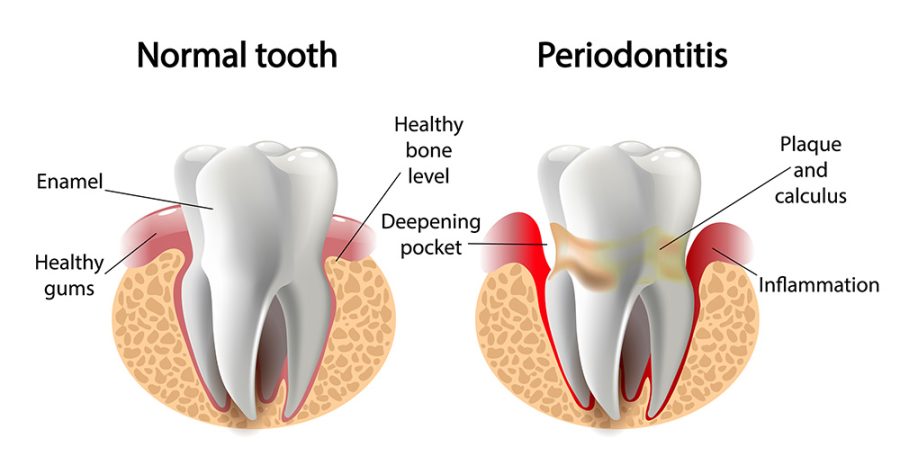
3D Printing
The advent of 3D printing has transformed the landscape of dental restoration. From crowns to bridges, 3D printing enables the production of highly accurate and patient-specific dental prosthetics, streamlining the restoration process and enhancing treatment outcomes.
Teledentistry
The digital age has ushered in teledentistry, allowing for remote consultations and monitoring. This trend is particularly beneficial for post-treatment follow-ups, enabling patients to receive guidance and support from the comfort of their homes.
Future Prospects and Innovations in Deep Cavity Restoration
Smart Materials
The development of smart materials with self-healing properties could revolutionize deep cavity restoration. These materials have the potential to repair minor damages over time, extending the lifespan of restorations.
Biocompatible Solutions
Future advancements may lead to the development of biocompatible materials that seamlessly integrate with natural tooth structures. This could enhance the longevity of restorations while minimizing the risk of adverse reactions.
Artificial Intelligence (AI) in Treatment Planning
AI algorithms are poised to play a significant role in treatment planning. By analyzing vast datasets and identifying patterns, AI can assist dentists like Dr. Chirag Chamria in creating highly personalised and efficient treatment plans for deep cavity restoration.
Regenerative Dentistry
Stemming from advances in regenerative medicine, regenerative dentistry holds promise for regrowing damaged tooth structures. This innovative approach may pave the way for biological solutions to deep cavity restoration, transforming the traditional concept of fillings and prosthetics.
Nanotechnology Applications
Nanotechnology is on the horizon of dental innovation. Nano-sized materials may be employed to create stronger, more durable restorations while offering improved precision in application.
Conclusion
As we come to the end of our exploration of the deep cavity repair process, keep in mind that your smile is a work of art in progress. The responsibilities of liners, braces, and varnish were revealed by Dr. Chirag Chamria’s observations, demonstrating the dedication to individualized treatment. As we look forward to new developments, give your dental health the first priority. Make an appointment with Dr. Chirag Chamria at Royal Dental Clinics for skilled care and stunning smiles. Let every grin convey a message of self-assurance, happiness, and long-term dental health.

